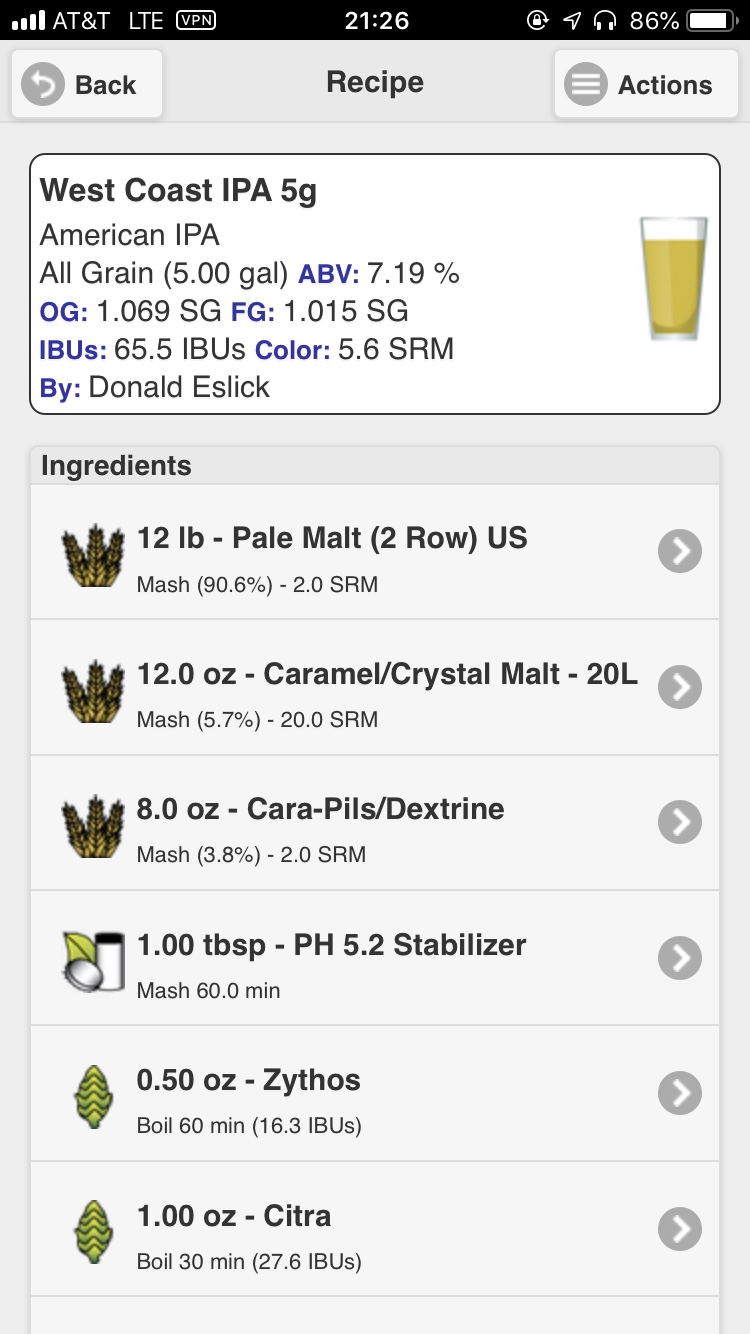Just to follow up on my last post.
As a new all grain brewer, it is probably best to follow the guidance:
- Mashing at a lower temp (say 150F) produces a wort with more fermentable sugars (sugars that yeast will consume and turn to alcohol). This will result in a beer with a lower FG, which means it will have more alcohol. The resulting beer should have less sweetness, body/mouthfeel, and maltiness. Lower temps may require longer mash times for conversion.
- Mashing at a higher temp (say 156F) produces a wort with more unfermentable sugars/dextrins. This will result in a beer with a higher FG, which means it will have less alcohol. The resulting beers should have more sweetness, body/mouthfeel, and maltiness.
- Mashing in the middle (say 153F) produces a beer with a good compromise of both characteristics.
Much of that is proven science as mash temp does drive the fermentability of the wort and the resulting alcohol level. I have seen some discussion/debate about how mash temps actually impact characteristics like sweetness, body/mouthfeel, and maltiness.
Personally, I set my mash temps for a recipe based on the above guidelines. Say I am brewing a Porter, I will aim for the 154F to 156F range. I have never tried to brew the same Porter recipe with a 150F mash to see the difference. Even then, you would probably have to brew them at the same time and taste them side by side to really judge the impact. It is hard for me to say how much of the character in my Porter is from mash temp, vs the grain bill, vs the yeast.





